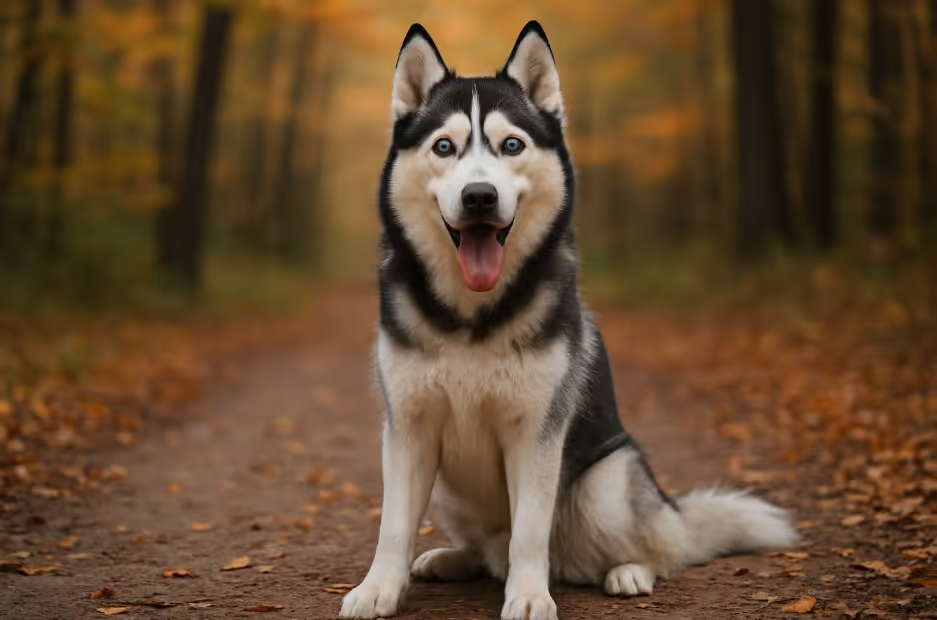The Siberian Husky is a striking, athletic, and high-energy working dog known for its wolf-like appearance, endurance, and friendly nature. Originally bred by the Chukchi people of Siberia as a sled dog capable of pulling light loads over long distances in harsh Arctic conditions, the Siberian Husky is intelligent, mischievous, and affectionate. They thrive in active homes that can match their exercise needs and enjoy their adventurous spirit.

The Siberian Husky has ancient roots with the Chukchi people of northeastern Siberia, where they were bred as sled-pulling dogs for transportation and companionship. Their endurance, cold tolerance, and ability to travel long distances made them invaluable to survival in the Arctic. Introduced to Alaska in the early 1900s during the gold rush, they quickly gained fame in sled dog racing and for their role in the 1925 Nome serum run. Today, they are beloved for their beauty and personality but require experienced ownership to meet their exercise and training needs.
A medium-sized, athletic spitz-type dog with a thick double coat.
Moderate grooming with heavy seasonal shedding.
Extremely high-energy breed that needs vigorous daily activity.
Intelligent but independent and strong-willed.
A balanced diet supports their high energy needs.
Generally healthy but prone to some genetic conditions.
Widely available through reputable breeders and breed-specific rescues.
Are Siberian Huskies good family dogs?
Yes, they are friendly and affectionate but need active families.
Do they bark a lot?
They are not excessive barkers but may “talk” or howl.
Do they shed much?
Yes, heavily twice a year.
Are they easy to train?
Moderately—they are intelligent but independent.
Do they get along with other pets?
Yes, with proper socialization, though prey drive can be strong.
Are they hypoallergenic?
No.
How much exercise do they need?
At least 90 minutes daily.